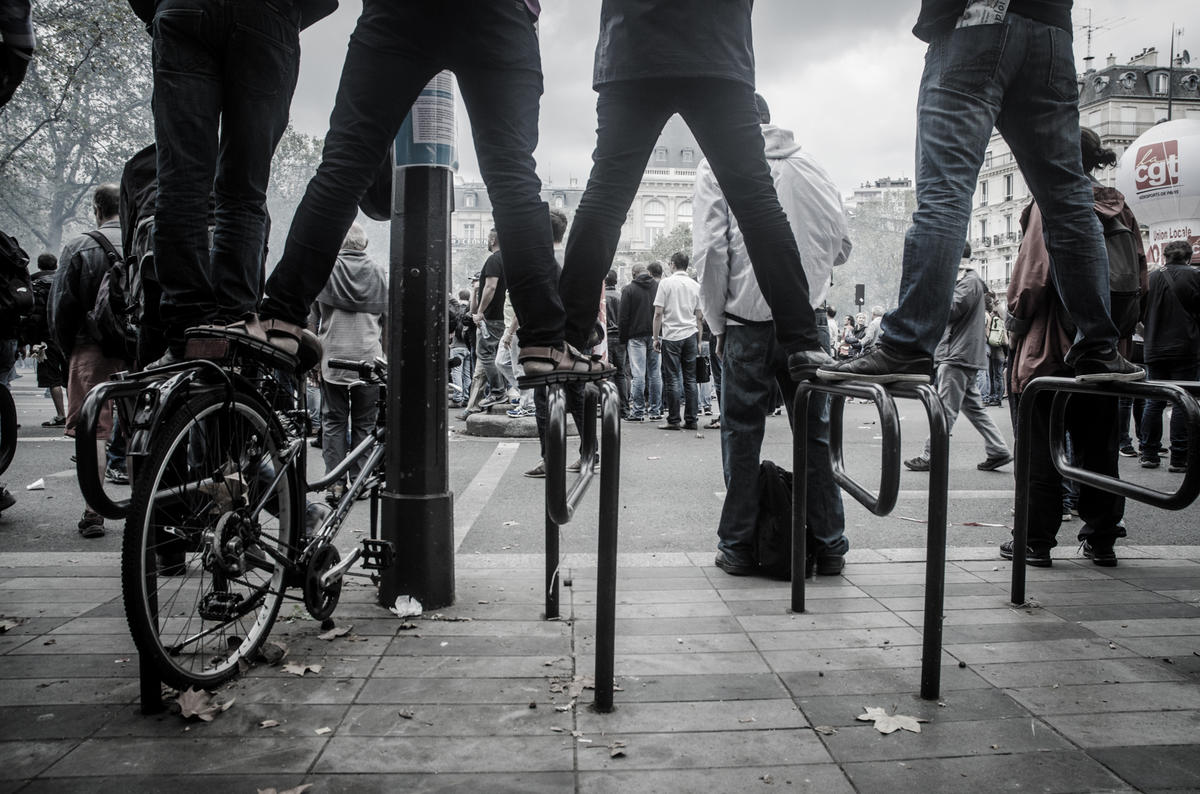There was a time when brands held power over their customers. Efficacy and functionality still mattered. Choices were limited, and TV was the medium people watched and listened to. Messaging went one way, with customers and consumers on the receiving end.
Brands informed and educated their users on how to send our children off to school with whiter than white shirts. Brands told them what they should be doing in the kitchen and garage, how their homes should look and smell, how they should entertain and keep themselves looking good. Brands were in authority, defining the lifestyle of their users.
But then the balance of power shifted and this all became a distant memory.
Consumers began to take a much more proactive role, aided and abetted by the advent of social media and the new importance of “word of mouth.” A relationship of “equal to equal” replaced the old authority supplicant model. Marketers talked about ‘shared ownership.’ “Participation” and “engagement” became the aim.
Consumers could personalize their Nikes or help design the next VW with “The People’s Car Project.” Even in the bastion of luxury, where brands previously had prescribed what luxury should look like, consumers took on a new ascendancy, epitomized in 2009 by Burberry with “The Art of the Trench.”
Until recently, this “co-creation” of brand has persisted and shaped how we have communicated as brands.
But we see a new and significant shift emerging. The demands from consumers are extending well beyond any aspects of the product or the brand attributes, constituting a major change in the contract between brand and customer. In what is now a mainstream movement, people want brands to have an impact upon society, compensating for what they perceive as the lack of government effectiveness. In contrast, they believe that brands can make a difference for good.
But perhaps this shift is not as entirely new as it appears.
If we cast our minds back as far as the beginning of the last century and consider the owners of brands such as Kellogg’s, Hershey’s or Barclays Bank, they all had in common an ambition to bring social change that government was not addressing.
In the 1880s, William Hesketh Lever, the founder of Lever Brothers, the precursor to Unilever, famously built Port Sunlight, a model village for company workers. He also campaigned for better welfare and a shorter working day and invested in education and medical projects.
Over the years since, various brands have taken up social causes. Perhaps the seeds of the current desire for brands to play a more societal role can be traced back to these beginnings.
And, it is not as if brands have stayed completely out of the social arena over the years. Coca-Cola made a strong and popular statement with the song “I Want to Teach the World to Sing” in 1971. In 1976, The Body Shop was founded with the mission of dedicating its business to the pursuit of social and environmental change and in particular to end animal testing. In 1988, Ben & Jerry’s launched “1% for Peace” with the goal of redirecting 1 percent of the national defense budget to fund peace-promoting activities and projects. Benneton pursued its United Colors campaign throughout the 1980s and 90s.
The critical difference, however, is that previously it was the brands themselves or the companies behind them that instigated the social stand or crusade. It was their choice and their cause. But now it is the consumers who are pressuring and even mandating that brands act. The power dynamic has completely changed.
People are imposing a social contract on brands, which are obliged to acquiesce or risk their very future. Customers have understood the leverage they have over brands and the companies that offer them.
Given their despondence about government and its failure to listen to them, to represent them and to get stuff done, they have pivoted to brands. They recognize the influence they have over them if they choose to speak out or to buy or to boycott. People are now in the position of authority, and brands, if not supplicants, ignore their demands at their peril.
In much the same way that elected governments are, brands are held to account on what they stand for, and people will vote with their voices and their wallets. It truly does seem that brands are the new democracy.
Carol Potter is president and CEO, EMEA.




